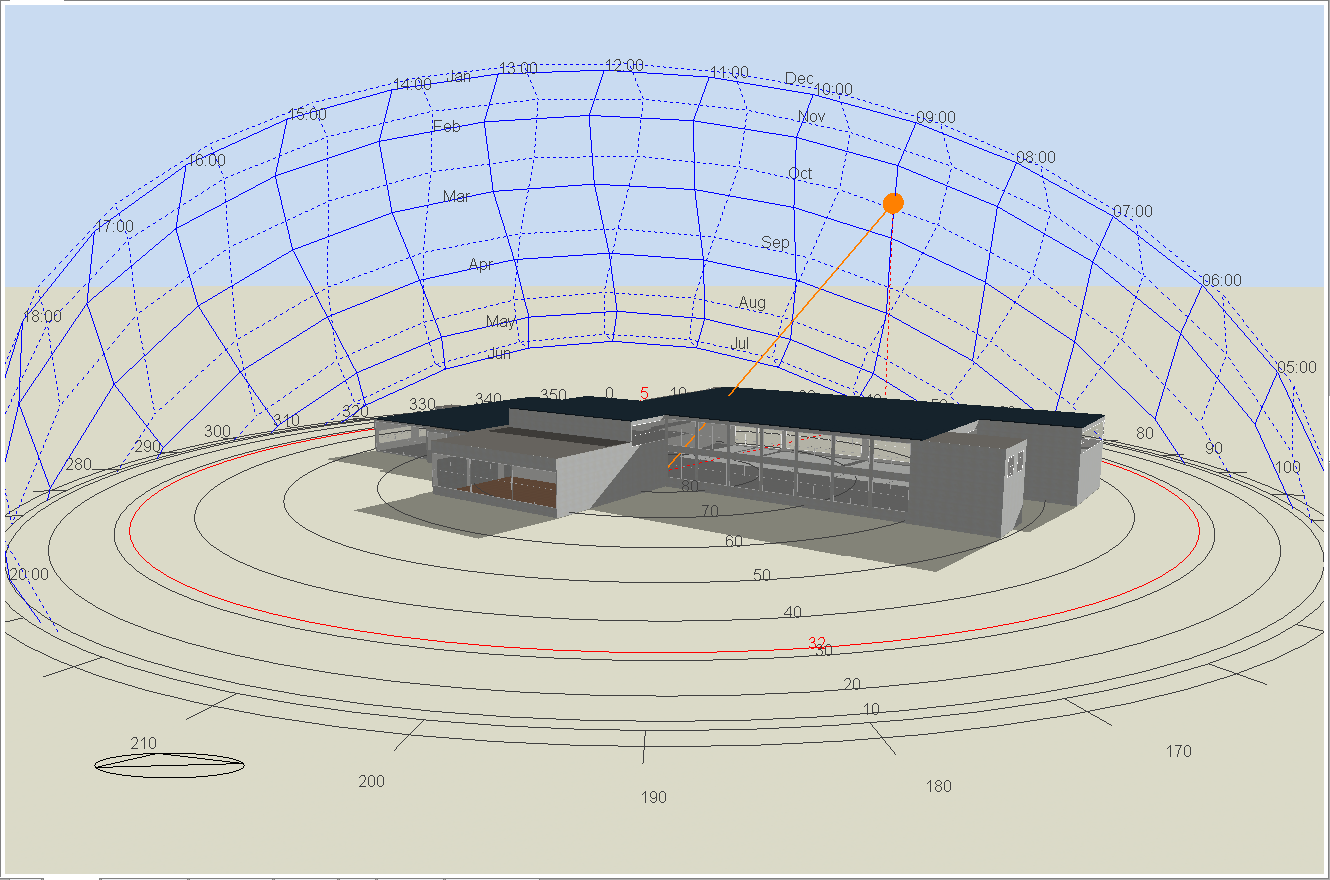Project Objective
Design an energy sustainable, commercial Building in the Diego Ramirez Islands, Chile, that exceeds minimum ASHRAE standards, and is within the client's budget of ($200/ft2).

Team
The project team is
- Ahmed Alharbi
- Mishari Saleh
- Mohammad Abdulkarim
- Mohammad Aldhubaibi
Customer/Market Requirements
This project is sponsored by ASHRAE Oregon who serves as a client from a hypothetical science agency.
-
Design a commercial building that takes into account energy efficiency, health and safety, occupant comfort, functionality, longevity, flexibility and serviceability/maintainability.
-
The building design should exceed ASHRAE Standard 189.1 energy conservation goals while maintaining the project budget.
-
Both outdoor and indoor air quality should be considered and the ventilation systems should meet ASHRAE Standards 55 and 62.1.
-
Creative ideas for reduced water consumption.
-
The model should take into account the budget of $200/sq. ft.
-
Renewable energy is required to operate at least 5% of the building.
Design Challenges
The design team is focused on designing a sustainable building that approaches net zero energy consumption all year round, while exceeding the minimum comfort standards set by ASHRAE and staying within customer’s budget. Some of the main challenges the team has faced was choosing envelope materials with low U-values and within the budget, selecting an efficient HVAC system and producing the needs of the building in renewable energy. Economic feasibility studies were performed for a lifecycle of 50 years of the project.
Outcomes
The proposed design components such as building layout, construction materials with low U-values, lighting quality and utilization of natural lighting to reduce energy consumption, HVAC systems that provide human comfort, and water saving modifications to reduce natural resource consumption, have all satisfied the client requirements and are within the $200/sf budget. All design goals have been met through software modeling and simulations that resulted in selecting adequate material insulations and utilizing solar energy for lighting and electricity, as well as minimizing convective heat loss in this harsh environment by changing the orientation of the building. Other internal layout manipulations also played a significant role in reducing waste energy and maximizing efficiency. As a result, net-zero energy consumption has been satisfied.